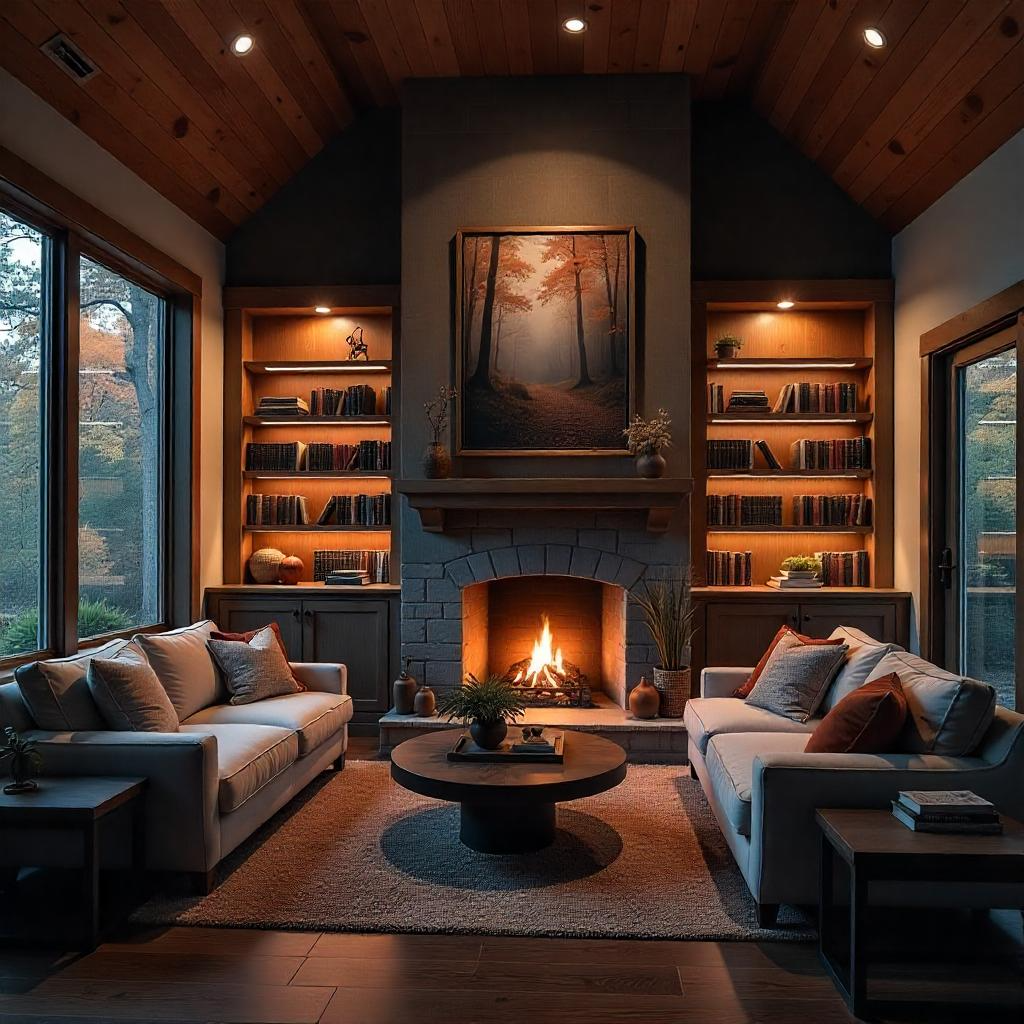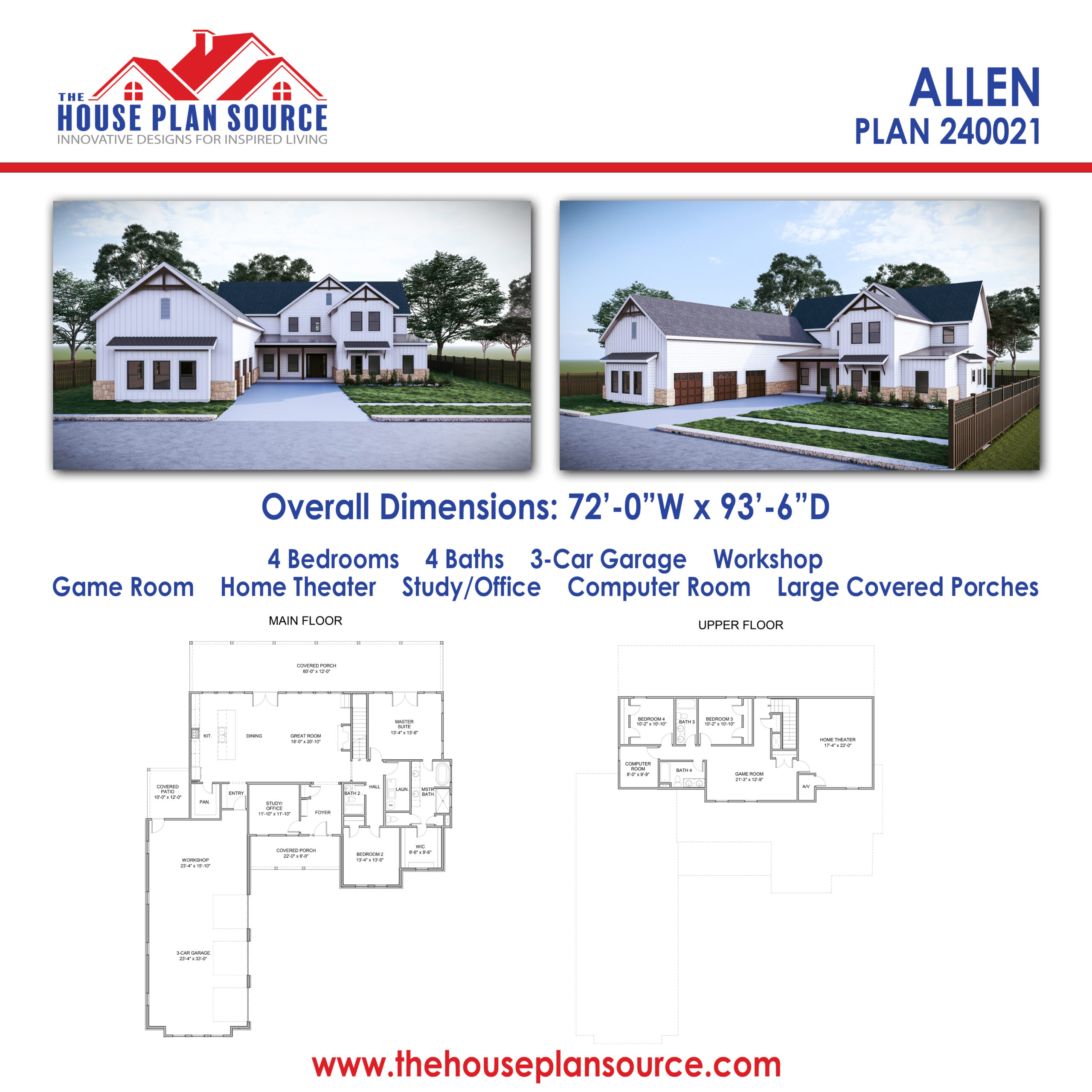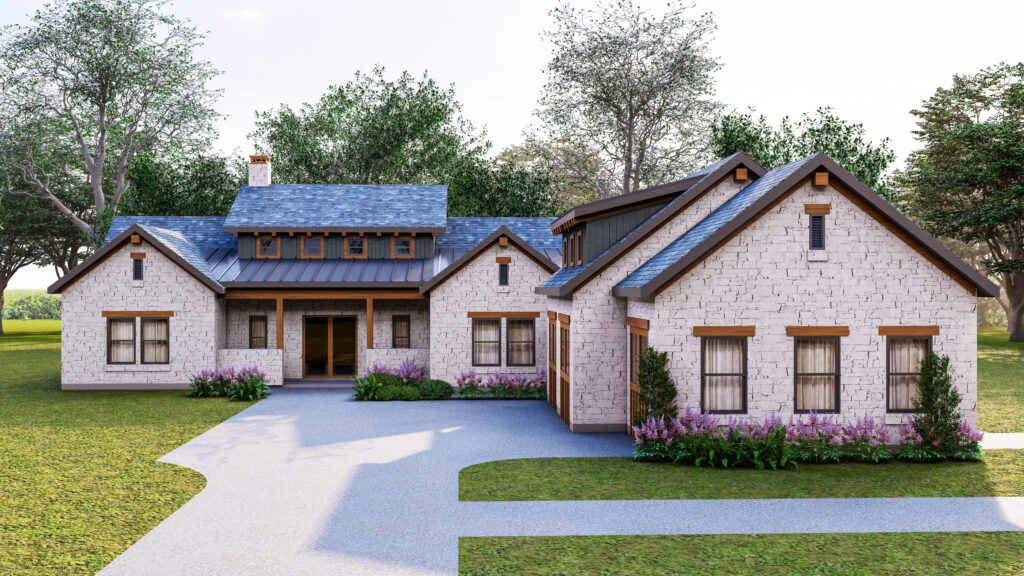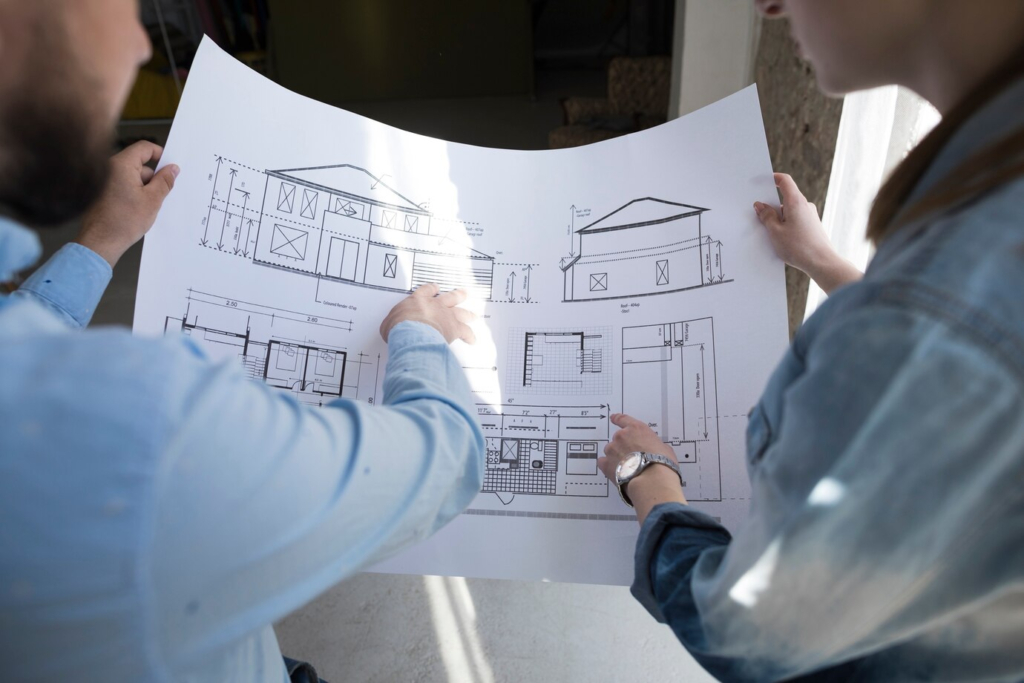

Sustainability in housing is no longer just a passing trend, it has become a necessity for a healthier planet and a more responsible way of living. With increasing concerns about climate change, deforestation, excessive energy consumption, and rising construction costs, homeowners and builders actively seek solutions that balance affordability with environmental responsibility.
The push for eco-friendly home designs is stronger than ever, as individuals want to minimize their carbon footprint without compromising on comfort or aesthetics. However, designing a fully sustainable home from scratch can be costly and time-consuming. Custom home designs require extensive planning, material sourcing, and architectural expertise, all of which can significantly increase expenses.
That’s where eco-friendly stock plans come in as a game-changer. These pre-designed architectural blueprints offer a practical, affordable, and sustainable solution to home construction while reducing environmental impact in several ways.
Homeowners can benefit from energy-efficient designs, reduced construction waste, and lower long-term operational costs by utilizing sustainable house plans, particularly stock house plans. These plans are meticulously designed by architects and engineers who have already optimized them for material efficiency, energy savings, and environmental friendliness.
Table of Contents
ToggleWhen planning to build a new home, one of the first decisions homeowners face is whether to go for a custom-designed home or opt for a pre-designed blueprint. While custom homes offer complete design flexibility, they often come with high costs, long timelines, and increased material waste. On the other hand, stock house plans present a cost-effective, time-saving, and sustainable alternative that can significantly benefit both homeowners and the environment.
Trust The House Plan Source, it will help you navigate the decisions with ease, making home-building an enjoyable experience.
Understanding Stock House Plans
Stock house plans are pre-designed architectural blueprints created by professional architects, engineers, and designers. These plans are not created for a single client but are made available for purchase to multiple homeowners who want a high-quality, well-thought-out home design without the expenses and complexities of custom architecture.
Unlike custom homes, which require lengthy design processes, multiple revisions, and in-depth consultations, stock plans provide a ready-made solution that can be purchased and modified to suit individual needs. These plans include detailed layouts, structural specifications, and energy-efficient design elements, making them a practical and well-optimized choice for home construction.
Variety and Flexibility in Design
One of the major advantages of stock house plans is their diversity. They are available in a wide range of styles, layouts, and sizes, ensuring that homeowners can find a design that perfectly aligns with their aesthetic preferences, functional needs, and sustainability goals. Whether you’re looking for a modern, minimalist home, a rustic farmhouse, or a small, energy-efficient cottage, there are stock house plans available to meet every demand.
Additionally, many stock house plans are customizable, allowing homeowners to make minor modifications to better fit their preferences, local building codes, or specific environmental considerations. Features like solar panel integration, passive heating and cooling systems, and water-saving designs can often be incorporated to enhance a home’s sustainability.
Stock house plans promote sustainability by minimizing resource waste during both the design and construction phases. Since these plans are already optimized for efficiency, builders can reduce excess material usage, lower construction waste, and streamline labor efforts.
Moreover, because they are designed with proven energy-efficient principles, stock house plans can help homeowners save on long-term operational costs by reducing energy and water consumption.
1. Reduced Material Waste
One of the biggest environmental benefits of stock house plans is their ability to reduce material waste. Since these plans have been built multiple times before, architects have already optimized the design for efficiency. This minimizes excess material usage, prevents construction mistakes, and helps conserve natural resources.
Many builders using sustainable house plans also incorporate green building materials like reclaimed wood, recycled steel, and low-VOC paints to further reduce waste and pollution.
2. Energy-Efficient Design
Many eco-friendly home designs follow principles of energy efficiency to minimize electricity and heating costs. Stock house plans often include:

3. Sustainable Building Materials
Stock house plans can be designed to incorporate green building materials such as:
These materials not only support sustainability but also create healthy indoor environments free from harmful chemicals.
4. Cost-Effective Sustainable Construction
Building a home from scratch with a custom design can be expensive. However, pre-designed house plans save both time and money because they:
This affordability makes sustainable house plans more accessible to a larger number of homeowners who want eco-conscious home construction without breaking the bank.
5. Optimized Land Use and Smaller Carbon Footprint
A major part of sustainable living is using land efficiently. Stock house plans often include compact layouts that require less land, reducing deforestation and habitat destruction. Some plans also feature tiny homes or small eco-friendly houses, which have a significantly smaller carbon footprint than traditional large homes.
Additionally, these plans encourage sustainable landscaping, such as:
When choosing sustainable house plans, look for these essential features to maximize eco-friendliness:
✅ Passive Solar Orientation: Designs that harness natural sunlight reduce heating and lighting costs.
✅ High-Efficiency Insulation: Keeps indoor temperatures stable year-round.
✅ Water Conservation Systems: Includes rainwater harvesting and greywater recycling.
✅ Sustainable Building Materials: Low-carbon and renewable materials help reduce environmental impact.
✅ Smart Home Technology: Integrates automated lighting, energy monitoring, and efficient climate control.
✅ Low-Maintenance Exteriors: Durable and eco-friendly materials that require minimal upkeep.
Finding the right house plan is essential for building a functional and stylish home. Reliable platforms offer house plan blueprints online, featuring a variety of pre-designed house plans that suit different architectural styles and budgets.
When building a home, one of the most critical decisions is choosing between a stock house plan and a custom-designed blueprint. While custom homes offer a unique, tailor-made experience, they often come with higher costs, longer timelines, and more complex planning requirements. In contrast, stock house plans provide an efficient, budget-friendly, and environmentally conscious alternative, making them an ideal choice for eco-conscious homeowners.
| Feature | Stock House Plans | Custom house plan |
| cost | Affordable, Lower architectural fees and optimized designs reduce expenses. | Expensive and requires hiring architects, engineers, and designers for personalized layouts. |
| Time to build | Faster, ready-made plans allow construction to start quickly. | Longer process, requires extensive planning, revisions, and approvals before building begins. |
| Sustainability | Pre-optimized for eco-friendliness with energy-efficient layouts and reduced material waste. | Requires in-depth sustainability planning, which can be time-consuming and costly. |
| Customization | Moderate, small modifications can be made to personalize the design. | Fully customizable but at a significantly higher cost. |
| Material Efficiency | Reduced waste, plans are optimized for minimal resource use. | Higher material waste due to trial-and-error design processes. |
Stock house plans strike the perfect balance between affordability, sustainability, and efficiency, making them an excellent choice for eco-conscious homeowners looking to minimize their carbon footprint while keeping construction costs under control.
Get a Free Consultation
Choosing the right sustainable house plan is a crucial step toward building an eco-friendly home that aligns with your lifestyle, budget, and environmental goals. With stock house plans, you have access to pre-optimized designs that already incorporate green building principles. However, not all plans are created equal, so it’s essential to carefully evaluate which one best fits your needs.
Below are five key factors to consider when selecting the perfect sustainable house plan for your future home.
1 . Determine Your Energy Goals
Before choosing a house plan, ask yourself:
Your answer will guide your selection process. A net-zero home typically requires advanced energy solutions such as solar panels, high-performance insulation, geothermal heating, and passive solar design. On the other hand, a general energy-efficient home focuses on better insulation, optimized window placements, and energy-efficient appliances.

2. Consider Your Location & Climate
A sustainable house plan should be tailored to your local climate to ensure optimal energy efficiency and comfort. Some climate-responsive design factors to consider include:
3. Check for Green Certifications & Energy Standards
To ensure your home meets high sustainability standards, look for stock house plans that comply with recognized green certifications, such as:
Choose the Right Home Size
Bigger is not always better when it comes to sustainability. A larger home requires more energy to heat, cool, and maintain, increasing both your carbon footprint and utility costs.
Consider the following when selecting a home size:
5. Integrate Smart Technology for Sustainability
Smart home technology is revolutionizing energy efficiency, making it easier to automate energy-saving practices and reduce waste.
When choosing a stock house plan, look for designs that seamlessly incorporate smart technology, such as:
The global shift toward eco-conscious living has made sustainable housing a necessity rather than a luxury. With growing concerns over climate change, energy efficiency, and environmental preservation, the way we design and build homes must evolve to minimize our impact on the planet. Homeowners today are looking for smarter, more efficient ways to construct their dream homes without compromising sustainability or affordability.
This is where stock house plans play a crucial role in sustainable home construction. These plans incorporate sustainable design principles, such as passive solar orientation, energy-efficient layouts, and eco-friendly materials, making green living more accessible to everyone.
At The House Plan Source, we are committed to providing high-quality, eco-friendly stock house plans that align with modern sustainability goals. Whether you’re looking for a compact, energy-efficient home or a spacious, environmentally conscious design, our collection offers versatile options to suit your needs.
Notifications